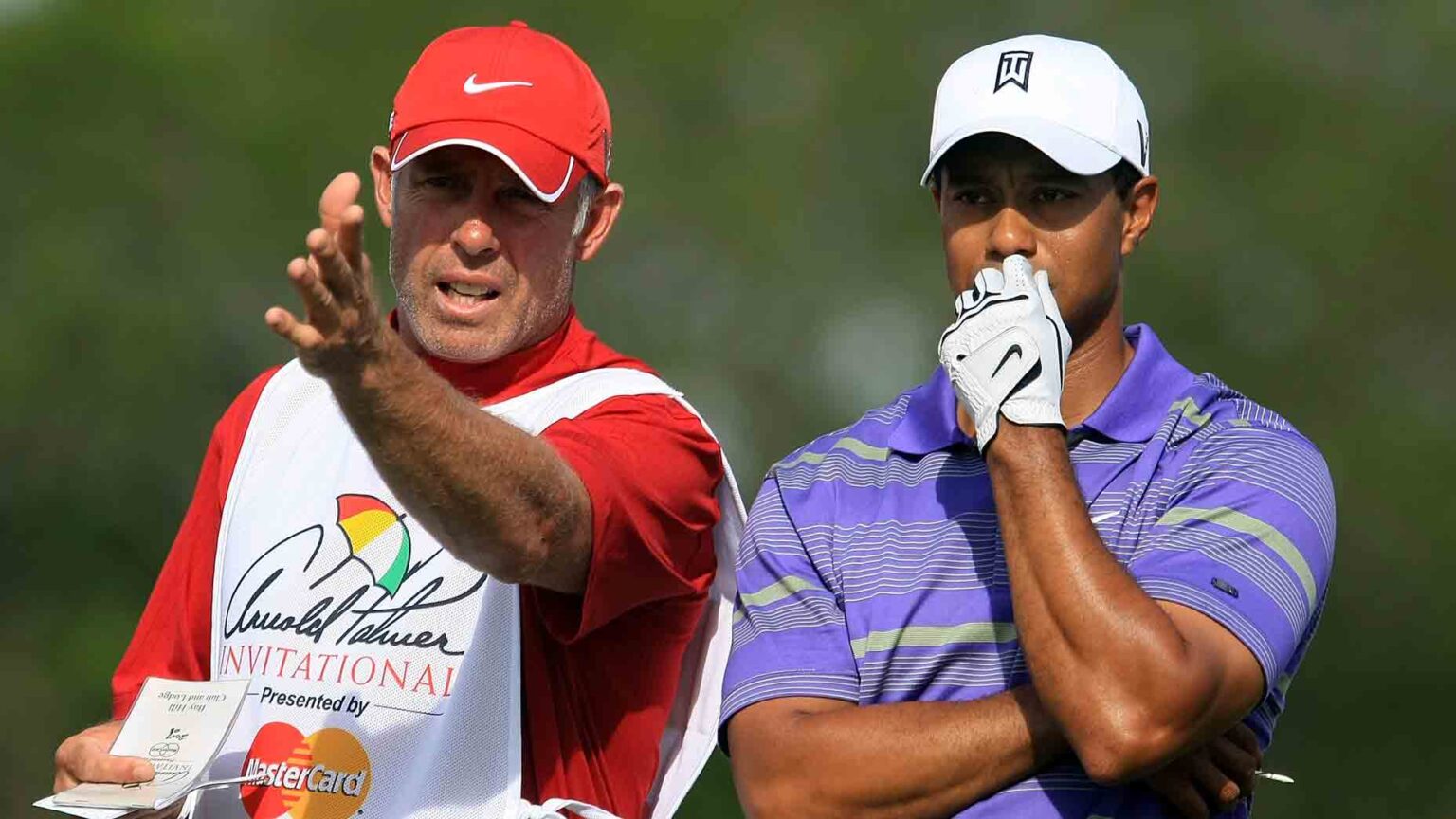The Dynamic Duo: How Tiger Woods and Steve Williams Revolutionized the Game of Golf
For over a decade, the partnership between golfer Tiger Woods and his caddie Steve Williams captivated fans and reshaped the way golf is played. Their collaboration, marked by an intensity and chemistry that was palpable, laid the foundation for numerous historic victories. In this article, we’ll explore the unique dynamics of this relationship, the strategies Williams employed to support Woods in high-pressure moments, and the lessons that can be learned from their time together.
Understanding the Adrenaline Factor
Steve Williams described the unmistakable shift in Tiger Woods’ demeanor during intense moments of competition. According to Williams, when Woods “was running a little warm,” everything about him changed. He walked faster, talked quicker, and seemed to carry an electrifying energy. This transformation wasn’t just part of the game; it signified adrenaline coursing through Woods—the same adrenaline that can both enhance performance and introduce substantial risk.
Williams’ insight into this phenomenon allowed him to make split-second adjustments during rounds. His experiences indicate that understanding an athlete’s psychology is just as crucial as knowing their physical attributes.
Caddie Challenges: Adjusting Yardages
One of the most fascinating aspects of their relationship was Williams’ readiness to alter yardages—an essential component in golf that dictates club selection. According to Williams, miscalculating yardages carried risks, especially during crucial moments. He recounted an iconic example from the 2000 PGA Championship, where he made a critical decision to adjust the yardages provided to Woods during a nail-biting match against Bob May.
The original yardage indicated a 56-degree wedge was required for the 17th hole, but Williams had faith that Woods could reach the green with a full 60-degree wedge. This crucial adjustment led to a birdie that ultimately propelled Woods to victory in a playoff.
Trust Built Through Experience
For not only Woods but also for any athlete, trust between player and caddie is vital. Initially, Williams had to demonstrate this strategy and earn Woods’ confidence. As their partnership evolved, Woods eventually recognized that Williams understood the intricacies of his game. Williams revealed that after a few pivotal moments, Woods simply told him to continue making those adjustments, cementing the trust that they shared.
This level of trust is not often seen in sports and underscores the importance of open communication and understanding between teammates.
The Adrenaline Adjustment Strategy
Williams took his adjustments seriously, monitoring Woods’ performance and making real-time calculations. He made the decision to adjust yardages throughout an entire round, a clear sign that he was deeply attuned to the effects of adrenaline on Woods’ game. In one remarkable instance at Bay Hill, Williams didn’t give Woods the correct yardage for any shot during an entire round.
This strategy, although risky, indicated how well Williams understood the pressure environment and how a player might perform under those circumstances.
Caution on Par-3 Holes
However, the approach wasn’t without challenges. On his podcast, Williams shared the importance of being careful, especially on par-3 holes where accurate yardages are essential. One instance that stood out involved a discrepancy between the yardage to the hole and what he communicated to Woods. If a hole was marked at 195 yards, indicating a six-iron, Williams could tell Woods it was only 183, leading him to choose a seven-iron instead.
Such miscalculations, although rare, highlight the delicate balance caddies like Williams must strike between intuition and metrics during the game.
The Emotional Rollercoaster of Major Championships
Caddying for Woods during major championships was not just about providing yardages but also about managing emotions. The mental aspect of golf is pivotal, and Williams’ ability to keep Woods grounded amid the intensity of the tournament environment was invaluable. Williams described how he constantly adjusted tactics and strategies based on Woods’ emotional state, effectively guiding him through the highs and lows of competition.
This emotional intelligence is a critical component of effective coaching and teamwork in sports.
Pioneering a New Era of Golf
The synergy between Woods and Williams helped redefine not just their approach to the game but how golf was viewed worldwide. Together, they symbolized a modern era of golf—one that integrated advanced strategy alongside athletic prowess. Their extraordinary journey has ushered in conversations about the sport’s psychological and emotional dimensions that were previously sidelined.
The legacy of Woods and Williams has encouraged aspiring golfers and caddies alike to prioritize emotional awareness and strategic adaptability.
Driving the Next Generation of Golfers
Their partnership continues to influence new generations of golfers and caddies. Woods’ incredible career, marked by dramatic victories and heartbreaking defeats, prepares future athletes to understand the deeper intricacies of competition. From honing physical skills to cultivating the mental fortitude necessary for success, the lessons learned from Woods’ journey are invaluable.
Young golfers and their caddies can glean insights on the importance of teamwork, trust, and mental acuity on the course—the same principles that have propelled Woods and Williams to legendary status.
The Legacy of Teamwork and Strategy
In conclusion, the love story between Tiger Woods and Steve Williams is one of collaboration, trust, and emotional intelligence. Their exchanges and experiences together serve as an essential case study for anyone in competitive sports. As they shaped the world of golf, they also established a profound narrative of how teamwork can transform individual brilliance into shared victory.
Through examining their dynamic, we can appreciate the evolution of golf both as a sport and a symbol of excellence in teamwork. As their stories continue to inspire future generations, the lessons learned will guide aspiring athletes and ambition-driven caddies alike in their pursuit of triumph.
